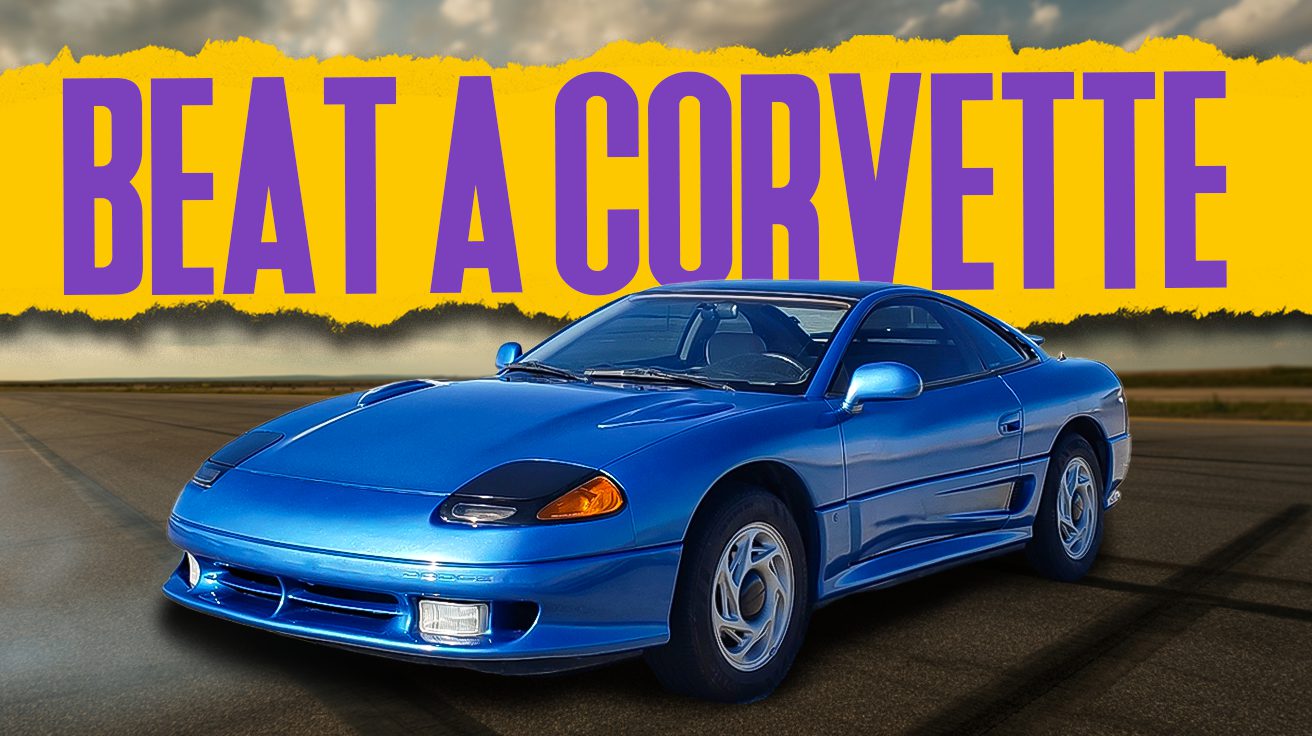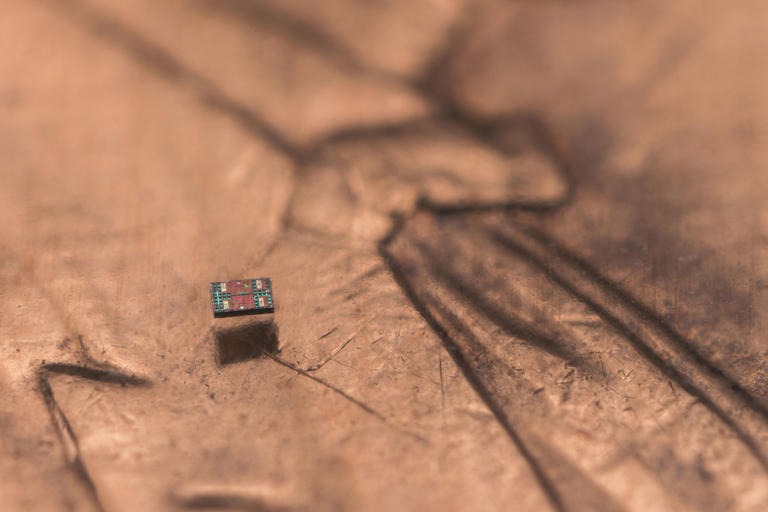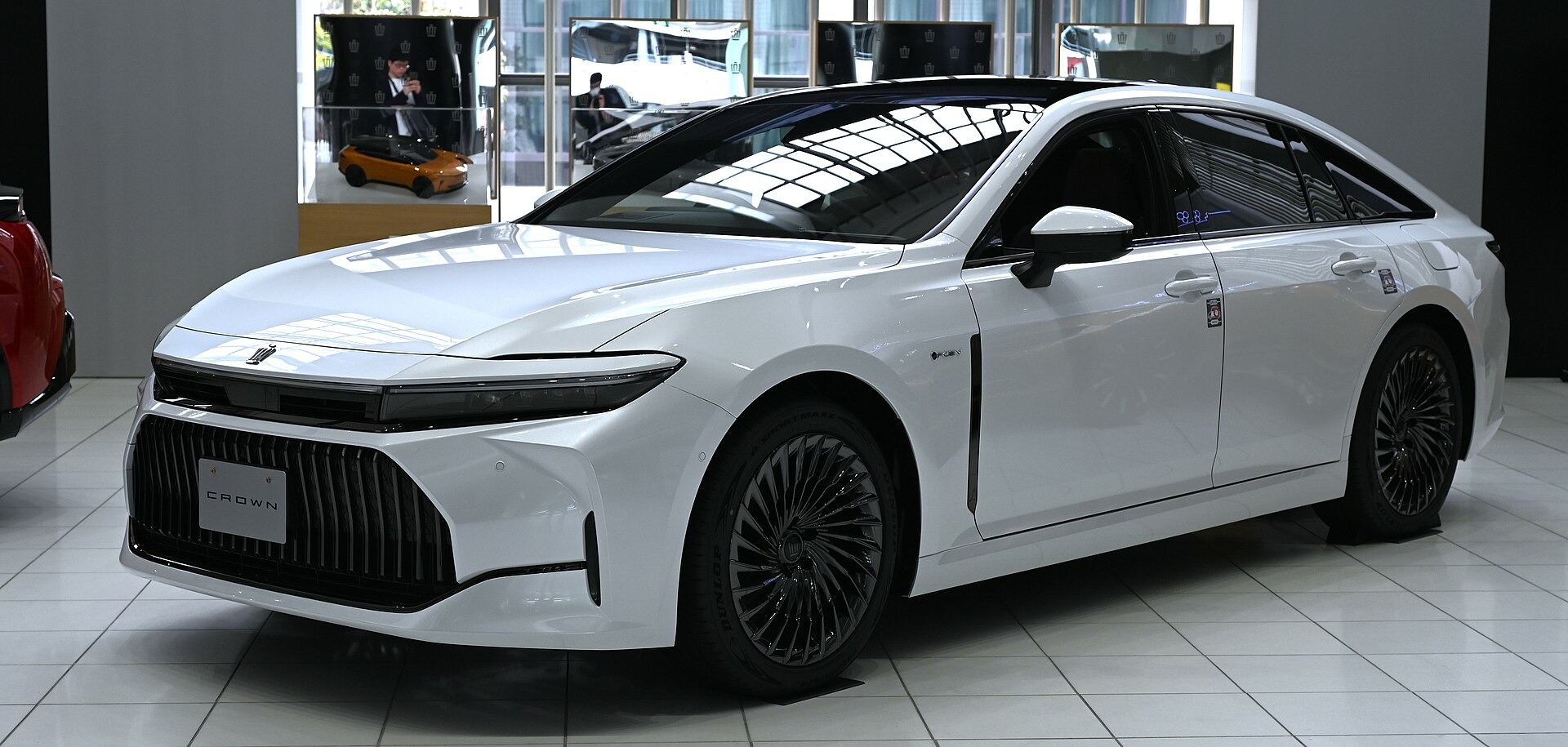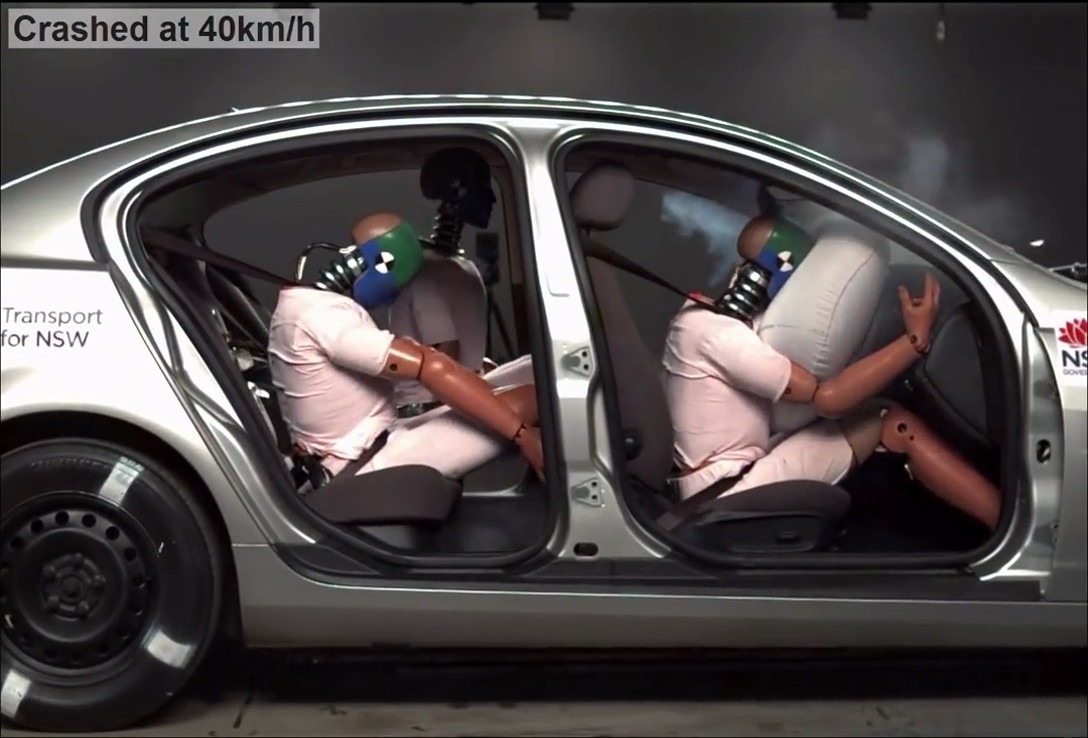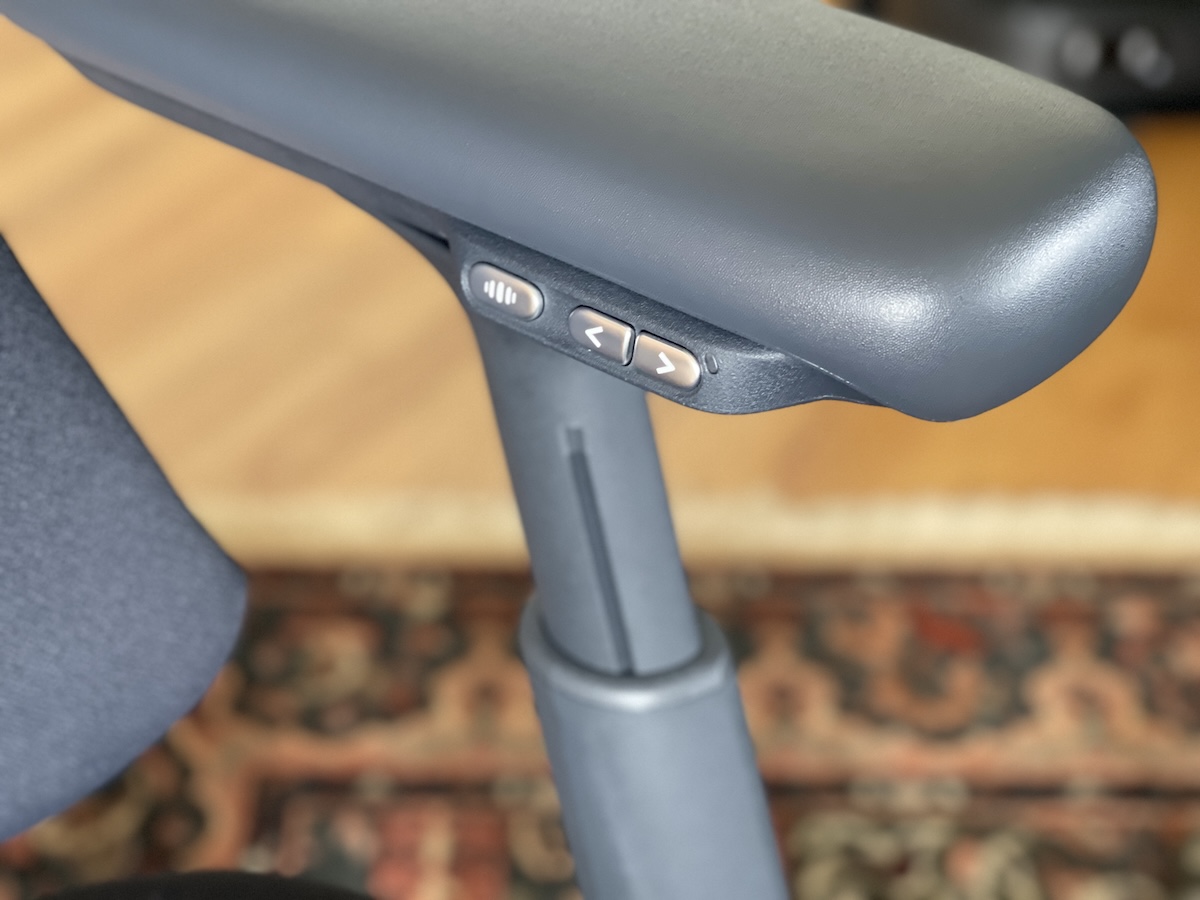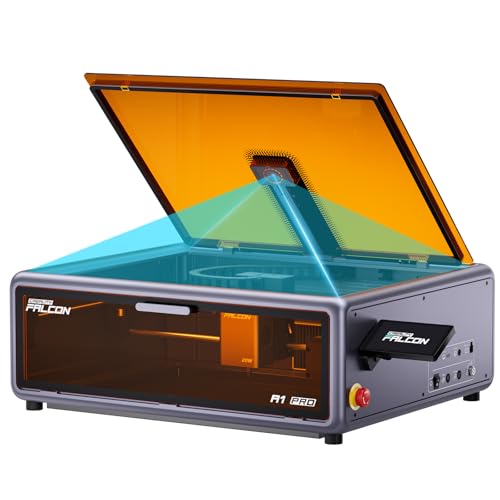The 90s delivered automotive wolves in sheep’s clothing that make today’s flashy supercars look like attention-seeking influencers. These sleeper cars packed serious performance under forgettable exteriors—the original catfish before dating apps made it mainstream. Nothing beats watching a family sedan gap a Corvette at a stoplight while the driver’s kids watch Disney VHS tapes in the back seat. Skip the overpriced classics everyone’s chasing and hunt for these understated legends that prove real power doesn’t need RGB lighting and fake vents. For those who appreciate true covert performance, pairing these iconic sleeper cars with the latest car gadgets can further elevate the driving experience without compromising their understated appeal.
10. 1987 Buick GNX (Exterior)
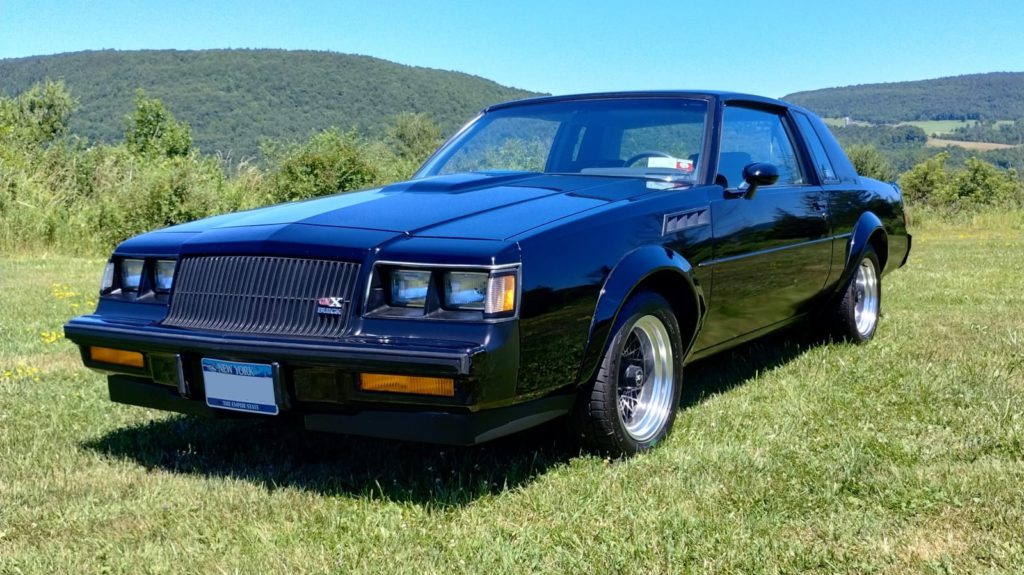
The 1998 Buick GNX represented Buick’s most serious performance effort wrapped in luxury sedan comfort. Premium materials and attention to detail reflected the car’s special status, while performance-oriented touches like analog gauges and supportive seating reminded occupants this wasn’t a typical Buick experience. Everything from the steering wheel to the shifter felt substantial and purposeful, communicating serious engineering underneath the luxury appointments. The cabin struck that perfect balance between comfort and capability, appealing to buyers who wanted performance without sacrificing refinement.
1987 Buick GNX (Interior)
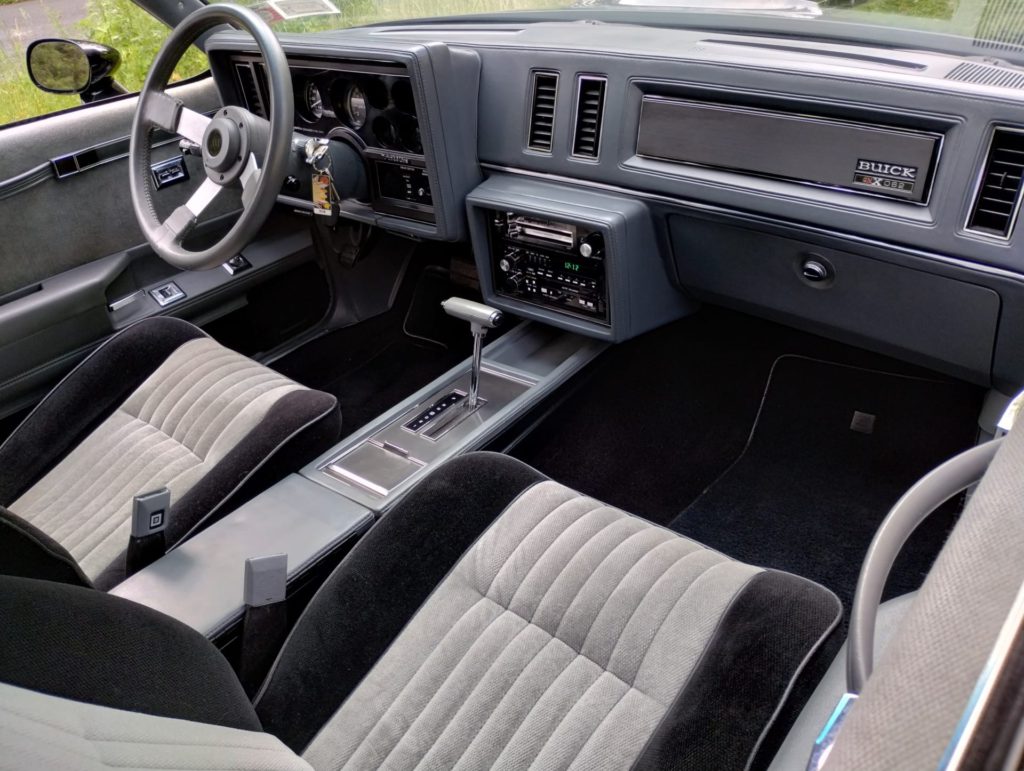
The GNX’s exterior design achieved legendary status by making extreme performance look effortlessly sophisticated. Buick’s designers created a menacing presence without resorting to aggressive styling clichés. The all-black aesthetic, subtle body modifications, and purposeful stance created an unmistakable silhouette that still intimidates today. Every exterior element served a functional purpose—from the hood vents to the rear spoiler—while maintaining the refined aesthetic that separated it from crude muscle car caricatures. The overall design aged flawlessly, proving that good taste and serious performance aren’t mutually exclusive.
9. 1991 Ford Taurus SHO (Exterior)
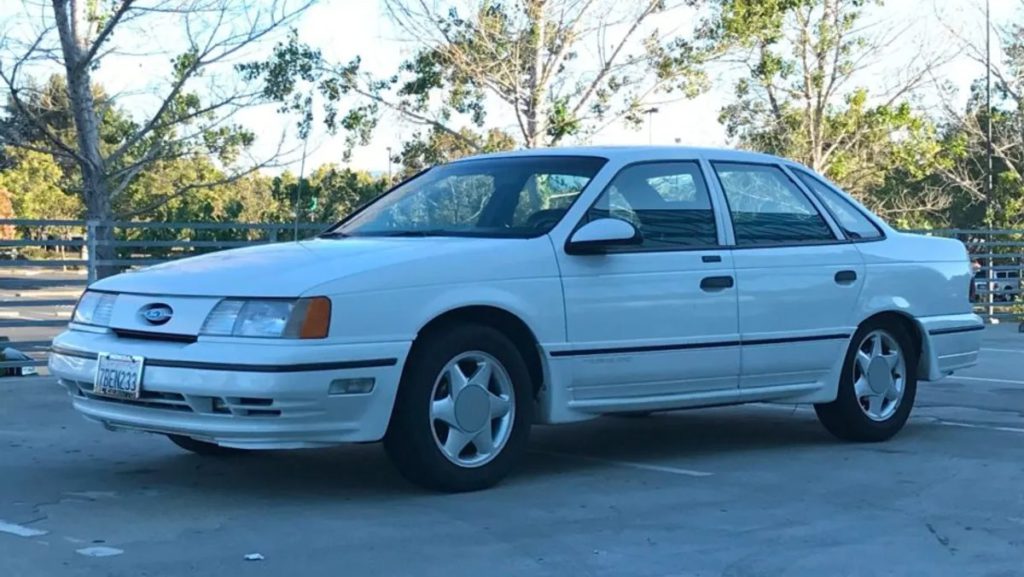
Ford’s SHO interior team understood the assignment—create a driving environment worthy of that hand-built Yamaha engine. The cabin featured supportive sport seats that could handle both daily commutes and weekend canyon runs, with materials that felt more substantial than typical Taurus fare. The manual transmission shifter had that mechanical precision that reminded you every shift that this wasn’t an ordinary family sedan. The gauge cluster included a proper tachometer with redline markings that actually meant something.
1991 Ford Taurus SHO (Interior)
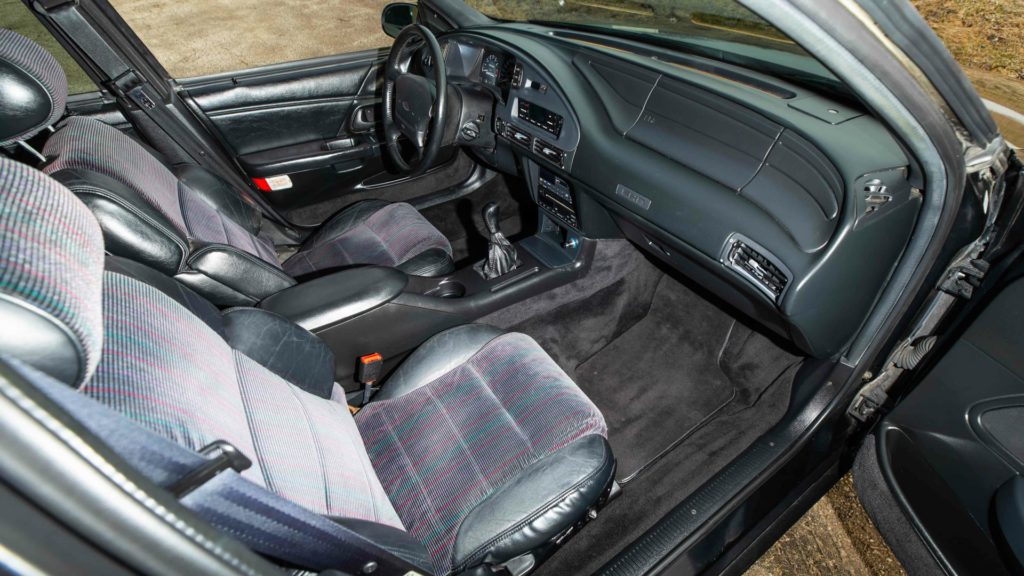
Here’s where Ford’s genius truly shone—making 220 horsepower completely invisible to casual observers. The SHO looked exactly like every other Taurus on the road, which was precisely the point. No boy-racer body kits, no aggressive styling elements, just clean sedan lines that could disappear in any parking lot. Subtle performance cues were limited to slightly different wheel options and discreet SHO badging that only enthusiasts would recognize. The understated exterior design meant you could embarrass sports cars at stoplights while maintaining complete anonymity.
8. 1991 GMC Cyclone (Exterior)

Stepping into the Cyclone felt like entering a performance truck before that was even a category. GMC kept the interior focused on function over luxury, with sport bucket seats that could handle both hauling duty and high-performance driving. The dashboard layout was a straightforward truck design with added performance gauges that actually mattered. Everything felt purposefully engineered rather than marketing-driven. Everything inside the Cyclone was built for function, not flash, making it an ideal candidate for adding today’s smart car upgrades that blend performance with enhanced practicality. The manual transmission shifter had mechanical precision that reminded you this wasn’t a typical pickup truck, while climate and radio controls maintained that honest truck simplicity.
1991 GMC Cyclone (Interior)
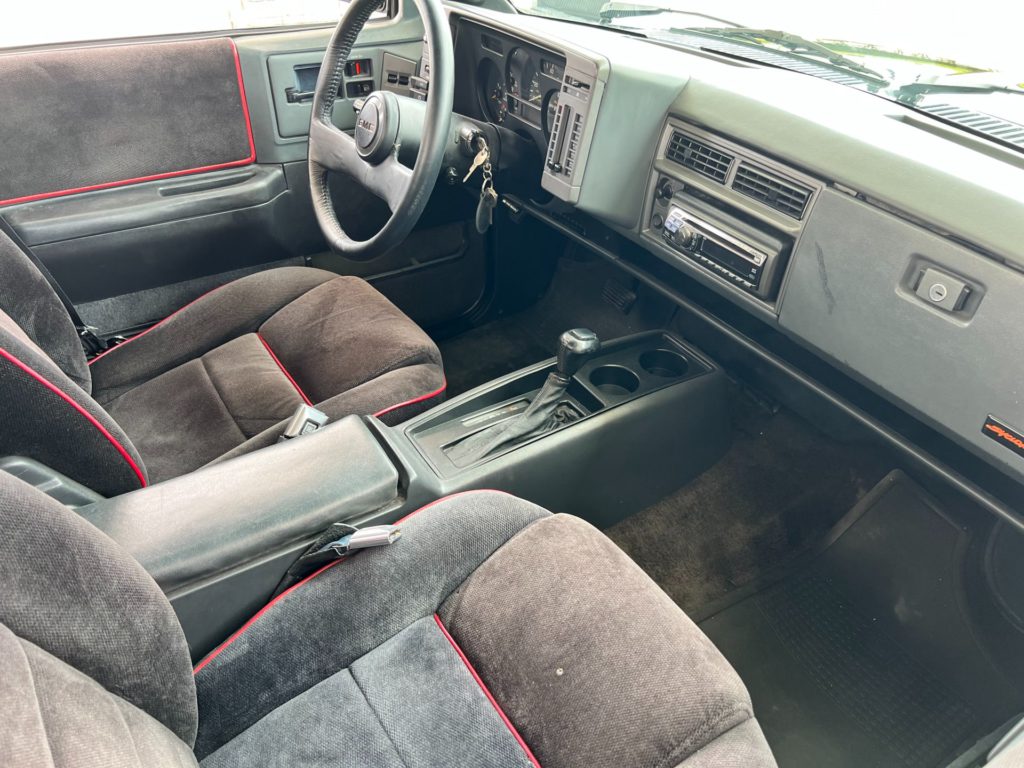
GMC’s exterior designers created the perfect sleeper formula—take a regular pickup truck and lower it just enough to look intentional without looking ridiculous. The Cyclone’s clean lines and purposeful stance suggested performance without resorting to flashy graphics or aggressive body modifications. Subtle visual cues included unique wheel choices and a slightly more aggressive front air dam, but nothing that would make insurance companies nervous. The overall design communicated serious performance capability while maintaining the practical truck aesthetic that made it so effective as a sleeper.
7. 1995 Volvo 850 T5-R (Exterior)
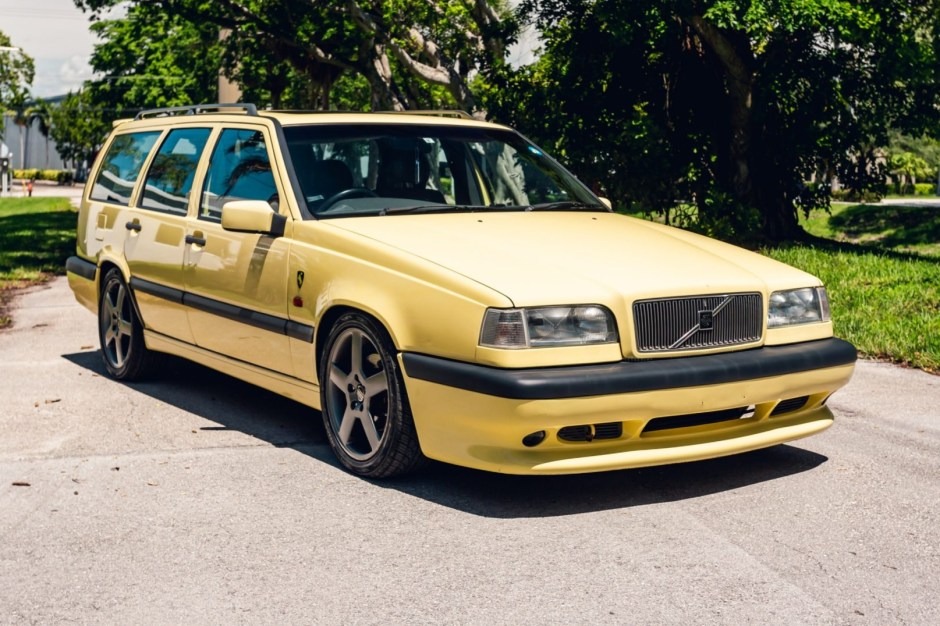
Volvo’s interior team revolutionized the safety-first brand image with genuine performance car design. The 1995 Volvo 850 T5-R cabin featured supportive sport seats that could handle both family duties and serious driving, with materials and build quality that justified the premium pricing. This wasn’t typical Swedish minimalism—it was focused performance design. Dashboard layout prioritized driver information and engagement while maintaining Volvo’s legendary ergonomic excellence. Climate controls, radio interface, and gauge cluster all felt more substantial and purposeful than typical family car equipment.
1995 Volvo 850 T5-R (Interior)

The T5-R’s exterior design completely revolutionized Volvo’s stodgy reputation. Clean, purposeful lines suggested serious performance while maintaining the understated Scandinavian aesthetic that made Volvos appealing to thinking people. The wagon version was particularly brilliant—ultimate sleeper car design executed with genuine style. Subtle performance cues included lowered stance, unique wheel choices, and discreet T5-R badging, but nothing that would make non-enthusiasts suspicious. The overall design aged remarkably well, avoiding the dated styling elements that make many 90s cars look like museum pieces.
6. 1991 Dodge Spirit R/T (Exterior)
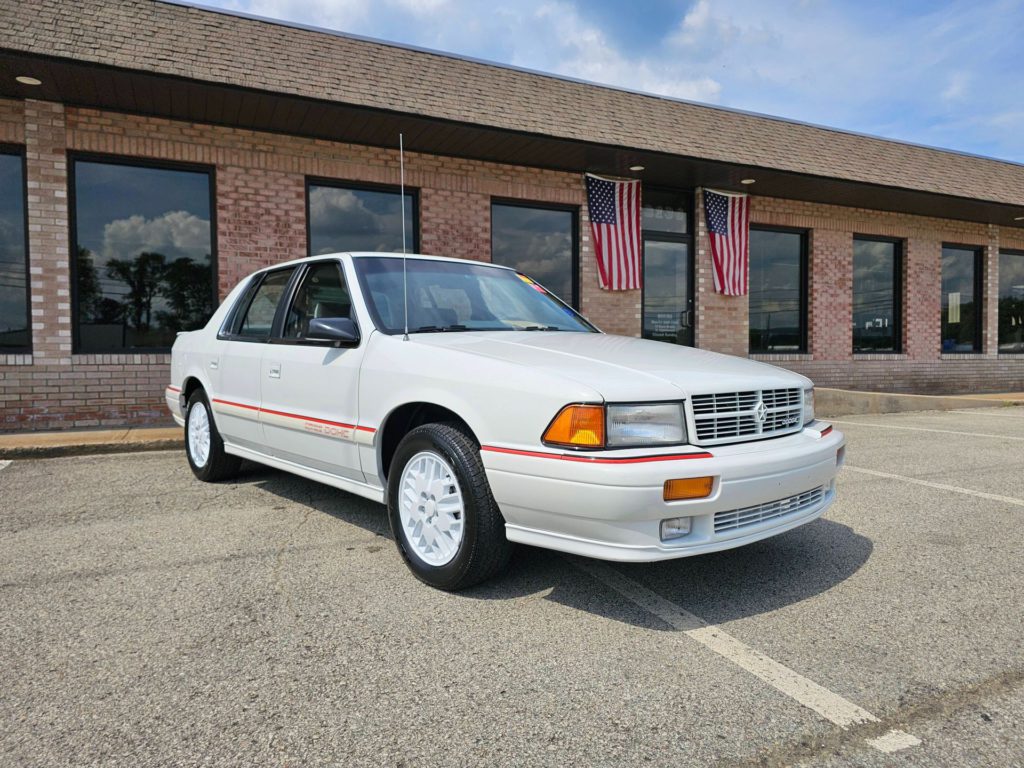
Climbing into a Spirit R/T felt like discovering a secret room in your house. The interior looked standard-issue Dodge—basic cloth seats, straightforward dashboard layout, nothing that would make insurance adjusters suspicious. But that boost gauge mounted prominently told a different story about what lived under the hood. The manual transmission shifter had the solid feel of something built for business, not show. Climate controls were basic but functional, and the overall vibe was “serious performance tool” rather than “luxury comfort zone.”
1991 Dodge Spirit R/T (Interior)
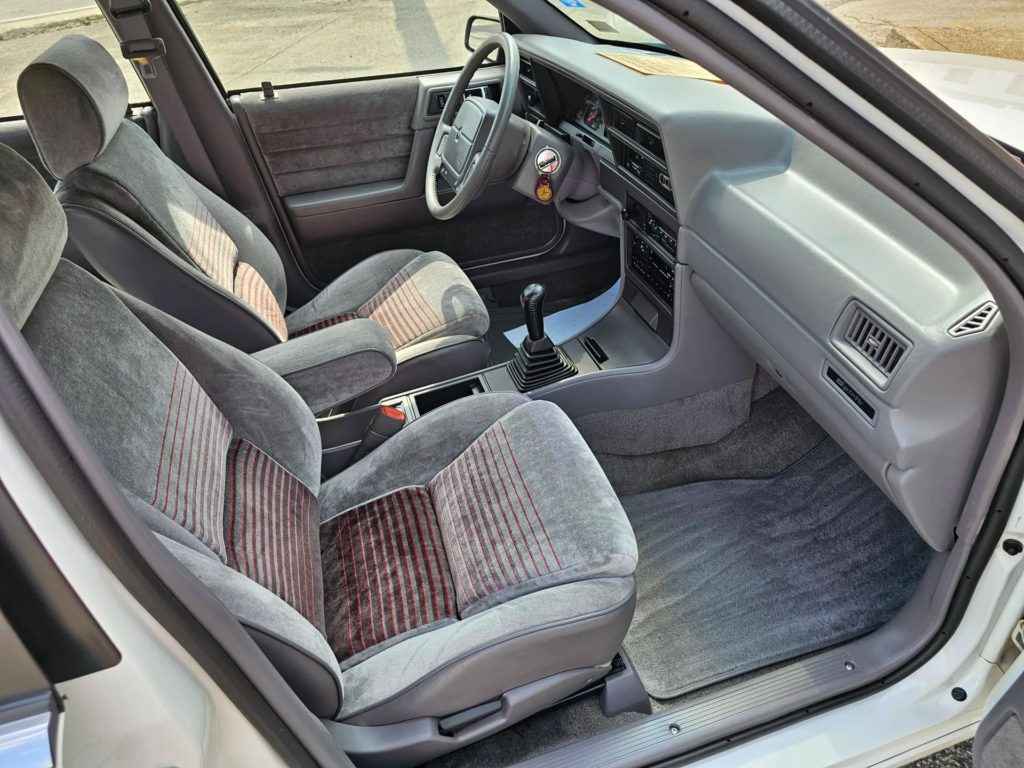
Dodge’s exterior design team deserves awards for making 224 horsepower completely invisible. The Spirit R/T looked so mundane that it could blend into any corporate parking lot without raising suspicion. Clean, rectangular lines that screamed “rental fleet special” while hiding turbocharged mayhem underneath. No hood scoops, no side vents, no aggressive body cladding—just honest sedan proportions that wouldn’t turn heads at stoplights. The only giveaway was slightly sportier wheel options and discreet R/T badging that most people would mistake for trim level nonsense.
5. 1996 Chevrolet Impala SS (Exterior)
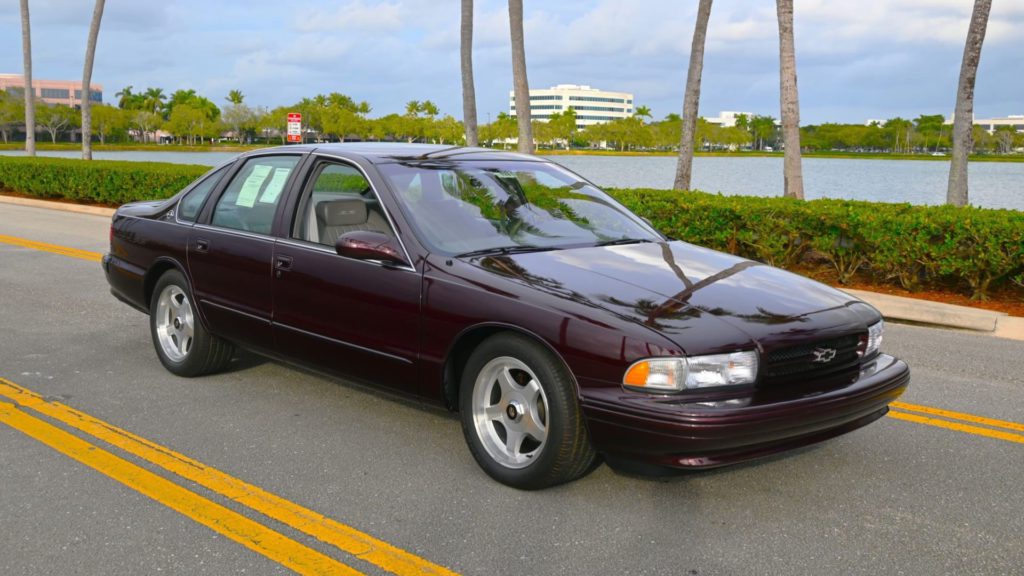
The Impala SS interior balanced performance intentions with luxury expectations. Chevrolet understood their target audience—buyers who wanted muscle car performance wrapped in executive sedan comfort. The cabin featured supportive bucket seats with substantial bolstering and premium materials that felt appropriate for the price point. Dashboard design emphasized driver engagement with clear, analog gauges and logical control placement. The overall aesthetic struck that perfect balance between sporting intent and daily usability, avoiding both boy-racer excess and boring family sedan anonymity.
1996 Chevrolet Impala SS (Interior)

Chevrolet’s exterior team nailed the “muscle sedan” aesthetic without falling into caricature territory. The 1996 Impala SS looked purposeful and aggressive while maintaining enough sophistication to work in professional settings. Clean, flowing lines suggested power while avoiding the overwrought styling that makes many performance cars look cartoonish. The blacked-out trim and monochromatic paint schemes gave it serious presence without resorting to flashy graphics or boy-racer elements. Stance and proportions communicated performance capability while maintaining the refined aesthetic that separated it from cheaper alternatives.
4. 1990 Pontiac Grand Prix Turbo (Exterior)
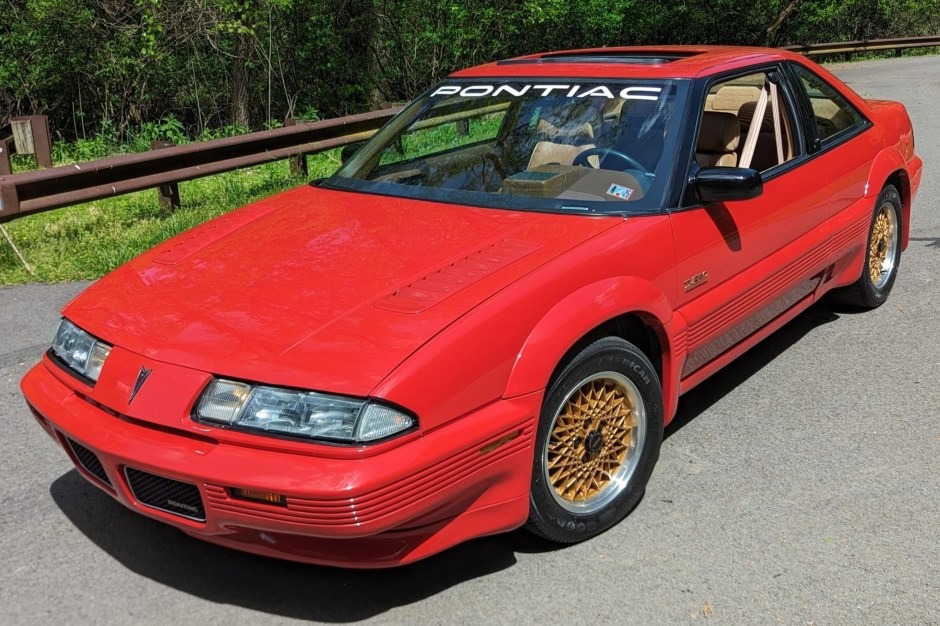
Pontiac’s interior designers understood their mission—create a cockpit that felt special without breaking the budget. The Grand Prix Turbo featured sport bucket seats that actually held you in place during spirited driving, unlike the typical bench seats masquerading as performance furniture in most GM products. The dashboard layout prioritized driver focus with clearly marked gauges and intuitive control placement. The turbo boost gauge wasn’t just decoration—it was a functional tool that helped drivers understand their engine’s personality.
1990 Pontiac Grand Prix Turbo (Interior)
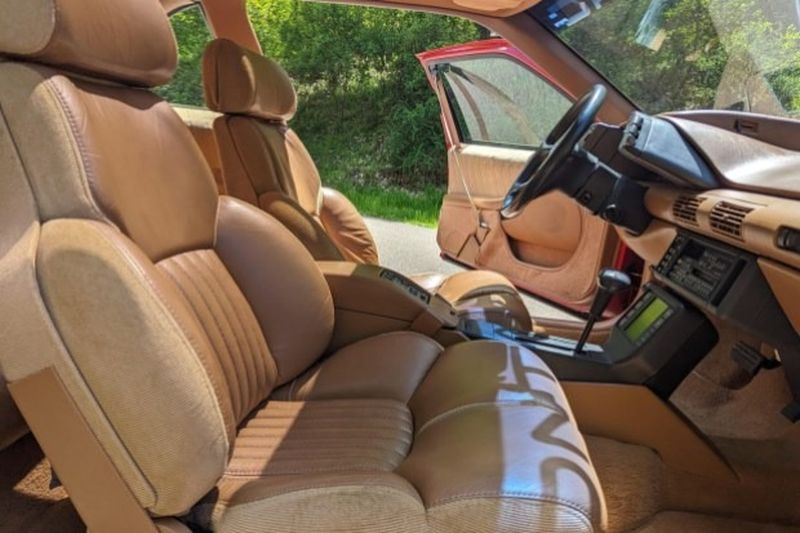
The Grand Prix Turbo’s exterior walked the fine line between distinctive and understated. Pontiac’s designers created a coupe that looked purposeful without being aggressive, sophisticated without being boring. The proportions suggested performance while maintaining enough subtlety to avoid unwanted attention from both law enforcement and insurance companies. Clean body lines flowed naturally from front to rear, with minimal decorative elements that might date the design. Wheel choices and stance gave it just enough sporting presence to hint at its capabilities without shouting about them.
3. 1990 Mercury Cougar XR7 (Exterior)
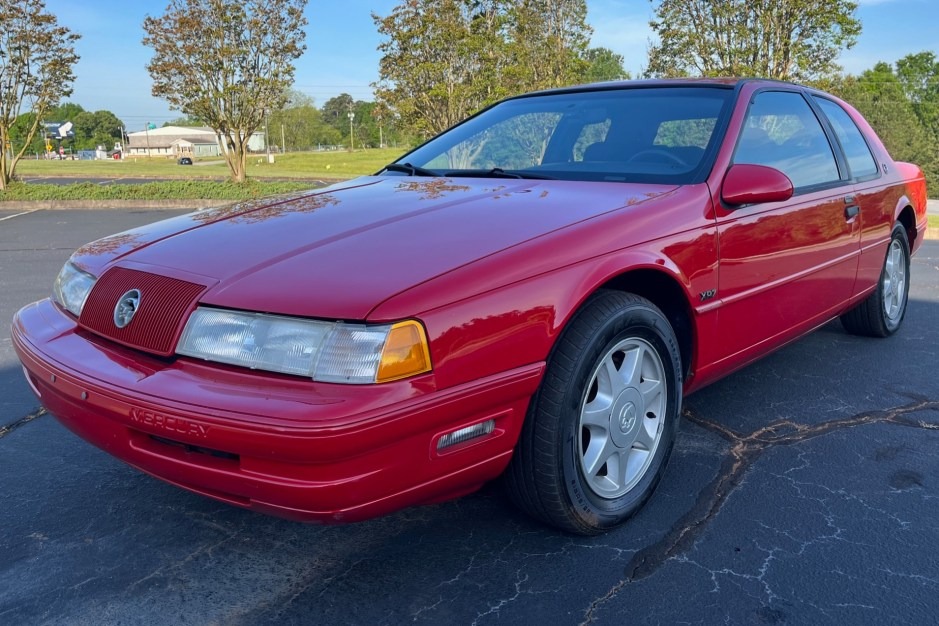
Step inside the XR7 and you immediately understand Mercury’s “premium Ford” positioning. Rich cloth upholstery, actual wood-grain trim that didn’t look like contact paper, and dashboard materials that felt substantial rather than cheap. This was grown-up performance car interior design—sophisticated without being pretentious. The analog gauges had that satisfying sweep and clear readability that digital displays still can’t match. Everything felt purposefully designed rather than cost-engineered, from the substantial steering wheel to the precise climate controls.
1990 Mercury Cougar XR7 (Interior)
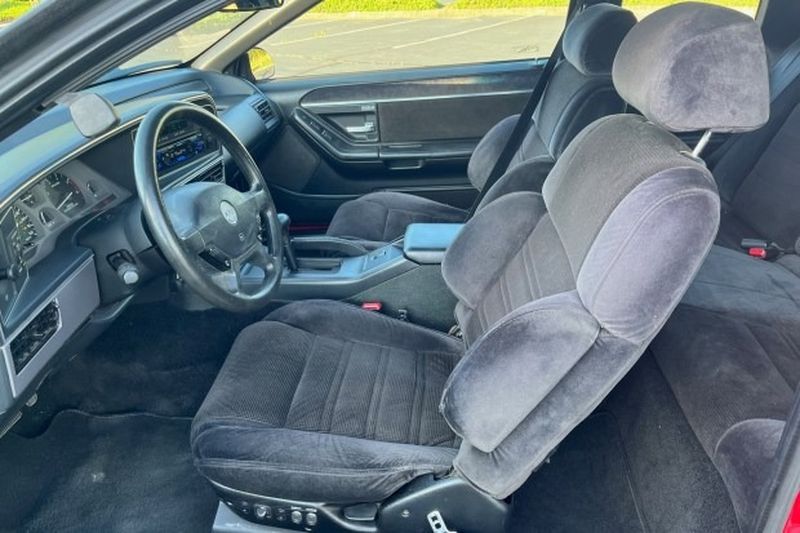
Mercury nailed the “gentleman’s hot rod” exterior aesthetic perfectly. Clean, flowing lines that suggested sophistication rather than aggression, with proportions that looked expensive without being ostentatious. The XR7 had presence without attitude, like wearing a well-tailored suit instead of flashy streetwear. Subtle performance cues included a slightly lower stance and more purposeful wheel arch treatments, but nothing that screamed “street racer.” The overall design conveyed maturity and confidence, appealing to buyers who wanted performance without looking like they were having a midlife crisis.
2. 1991 Dodge Stealth R/T Twin Turbo (Exterior)

Mitsubishi’s interior engineering shined through the Dodge badging. The Stealth’s cabin felt genuinely futuristic for 1991, with digital displays, climate controls that looked like spacecraft equipment, and sport seats that actually supported your body during high-g maneuvers. The dashboard layout prioritized driver information with multiple gauges monitoring everything from boost pressure to oil temperature. Materials felt substantial and purposeful, not cost-engineered like typical Detroit interiors. Everything from the steering wheel to the shifter communicated serious performance intentions.
1991 Dodge Stealth R/T Twin Turbo (Interior)

The Stealth’s exterior design struck that perfect balance between distinctive and understated. Clean, aerodynamic lines suggested serious performance without resorting to aggressive styling clichés. The proportions looked exotic enough to turn heads but restrained enough to avoid looking like a teenager’s fantasy drawing. Functional design elements like integrated spoilers and air dams served actual aerodynamic purposes rather than just visual decoration. The overall aesthetic aged remarkably well, avoiding the dated styling elements that make many 90s performance cars look like relics.
1. 1992 Oldsmobile Achieva SCX (Exterior)
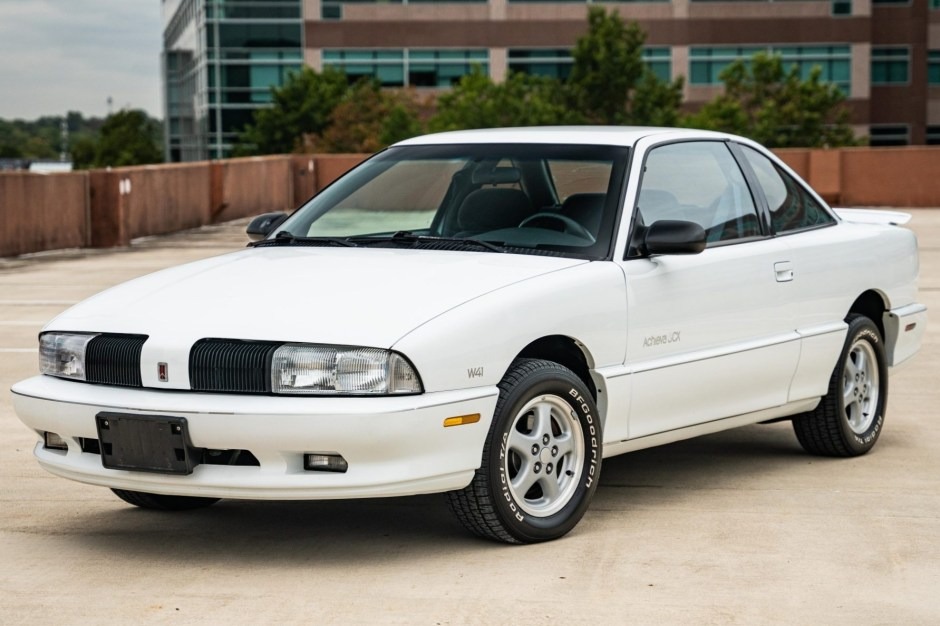
Picture stepping into a time capsule designed by engineers who actually cared about driving. The 1992 Oldsmobile Achieva SCX’s interior screamed “budget rental car” at first glance, but that Getrag 5-speed shifter felt like precision German engineering because it literally was. Basic cloth seats and plastic dashboard trim kept costs down while sport-tuned gauges reminded you this wasn’t your typical Oldsmobile. The real magic lived in the details—a tachometer that actually mattered, a boost gauge that wasn’t just for show, and steering controls that responded like they were connected to something worth controlling.
1992 Oldsmobile Achieva SCX (Interior)
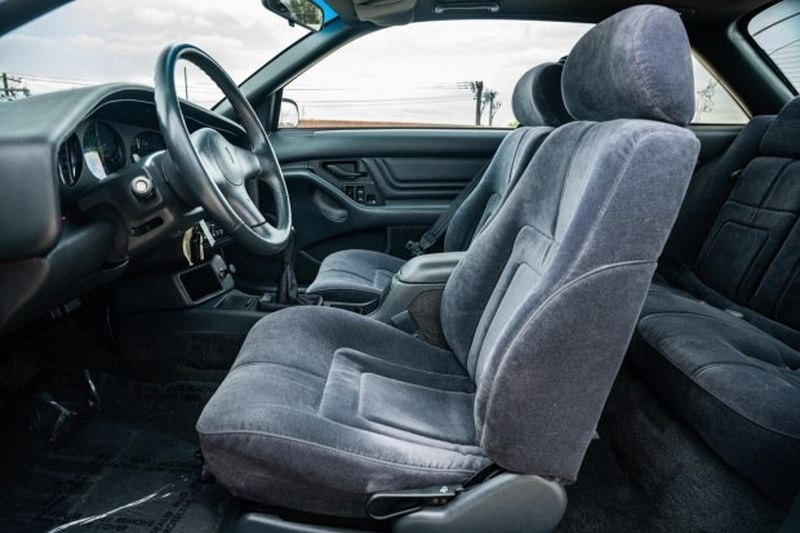
Here’s the genius of the SCX’s exterior—it looked exactly like every other Achieva on the road. No flashy body kits, no aggressive spoilers, no “TURBO” badges screaming for attention. Just clean, forgettable lines that let you blend into traffic like automotive camouflage. Subtle visual cues included slightly wider tires and discreet SCX badging that only fellow enthusiasts would recognize. The understated design aged remarkably well, avoiding the boy-racer aesthetic that makes other 90s performance cars look like teenagers’ bedroom walls.


